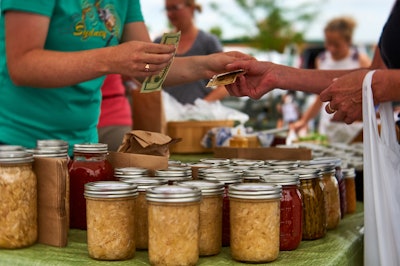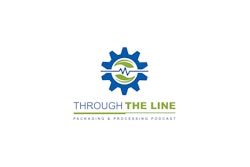
Packaging technology has rarely been part of the American kitchen. But that’s changed in the last few years as people consider creating their own start-up food companies. The combination of state-level “cottage food” laws and increased interest in locally grown products has caused an increase in homemade and farmer’s market products for retail sale.
There are 42 states that have passed some sort of cottage industry food law that allows production of certain food products in home kitchens for retail sale. Each state has its own interpretation of what specific products they allow, but generally allow home kitchens to make and sell food products without the costly oversight and licensing required by commercial food producers. The concept is to use home kitchens to produce low-risk foods in controlled quantities to lower potential risks in the process. The foods that are allowed are mainly high-acid products, baked goods, or low-moisture content products, so the microbial hazard risk is low. Each state has different regulations. For example, California limits gross annual sales to $50,000 and interstate sales is not permitted. Other states limit factors like the number of employees, size of the facility and specific information on the label.
Retail sales are generally at farm markets, but many products are being sold to restaurants and caterers as artisanal products. The local sourcing of these products provides a level of quality and freshness not easily found in normal food distribution systems and this appeals to “locavors.” The concept is to allow farm producers to add value to their products through minimal processing and packaging and benefit from the added income. The concept also serves as an incubator for small businesses. If the product is successful, there is the opportunity to take the product to the next level beyond local distribution and sales.
In combination with the relaxed regulations for small food producers, farm markets are creating retail outlets for these products. These include traditional farm markets on the farmer’s property and more recently urban farmers markets with multiple stalls in a central shopping location. According to USDA, last year 167,000 farms engaged in this activity with a dollar value of $8.7 billion dollars. This market is broken down into 3 categories:





















